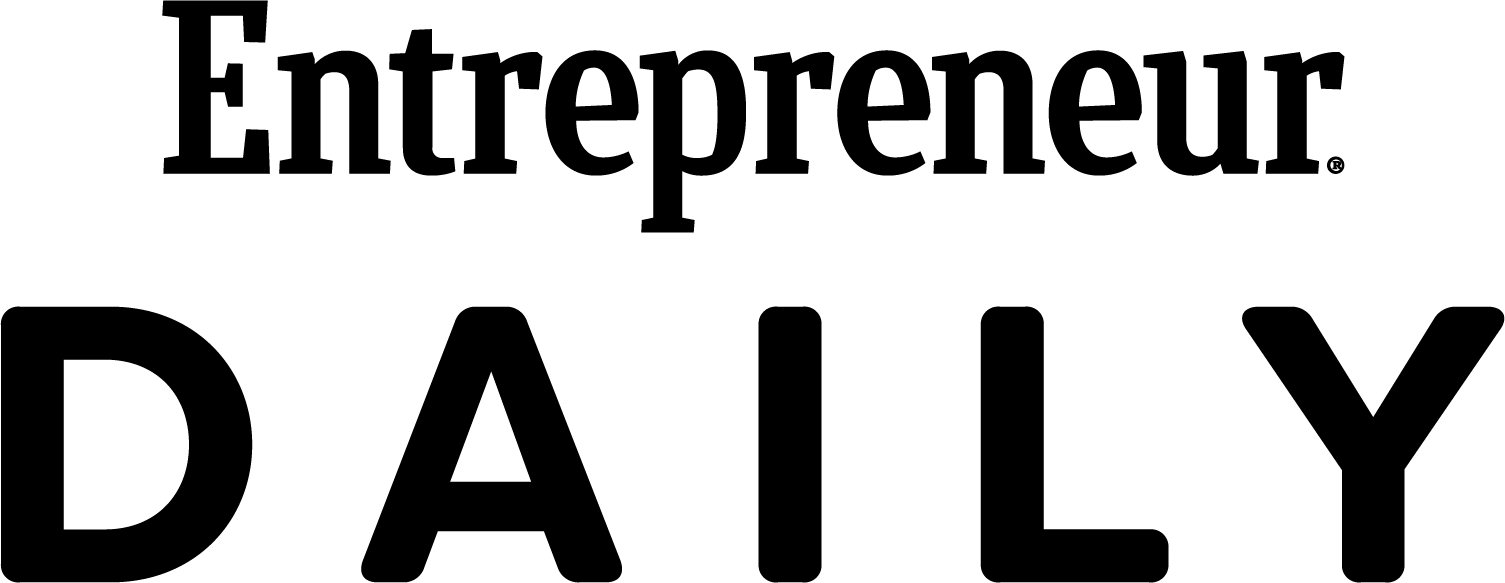Want to Improve Diversity at Your Company? Get Rid of Silos Work with fewer barriers among and across teams and their unique people.
By Faiza Hughell •

Opinions expressed by Entrepreneur contributors are their own.
All too often, the concept of diversity rests in a siloed HR department. The idea of diversification is too big for that one silo though — and it's also too big, and too important to innovation, to be limited by any one set of terms. Just as we consider race and gender, it is also important to consider factors like cognitive diversity and acquired (experience) diversity in teams, especially as part of cross-team collaboration. Un-siloing for diversity requires new ways of working with fewer barriers among and across teams and their unique people. Bringing together wider varieties of backgrounds and skills fosters the greatest shot at the greatest innovation, something known to be directly tied to diversity.
Related: Why You Need Diversity on Your Team, and 8 Ways to Build It
The problem with silos
Conjuring up an image of a silo, it tells a story: vertical in structure and made for bulk storage of things like a single type of grain, silos are well-sealed to minimize air flow. Too often, work silos are the same, with each silo made up of people who are very alike and serving its one specific purpose, not sharing what is contained within their silo with others. My company has written on the dangers of working in silos, ranging from duplicating efforts and poor information sharing to power struggles, none of which sound like factors designed to yield optimal performance. By contrast, and appropriately for a cloud communications and collaboration company, we find that un-siloed, more collaborative approaches from a variety of employees throughout our departments and at various career levels within our organization have yielded some of our best work. Reading the press, it often feels like we're unicorns in that regard. For example, when researching for this piece, I came across a recent article about cross-silo leadership that suggests cultural brokers are needed in order to cross boundaries between silos. I submit that if it's that hard to collaborate in your company, you're just plain doing it wrong. Throwing out the silo and adding another layer of management to it won't solve the fundamental problem. Plus, not even the very best management can help broker trust inside or outside of a silo that looks, thinks, and acts remarkably alike.
Solving for enhanced diversity and inclusion
When considering diversity in a corporate context, oftentimes the conversation centers around hiring and census factors like race, gender, and age. Having a diverse representation of those elements has shown to be beneficial in many ways, including predicting greater levels of financial success. Considerations of diversity in a company don't begin and end in HR alone though, as matters of diversification also are important to take into account when composing work teams, and not just in those census-defined ways. For example, at first glance, a conference room of 10 people may look optically like the pinnacle of diversity. If that team doesn't have representation from throughout the company's hierarchy though, as well as from throughout various departments that share goals — if the table isn't un-siloed — are our goals of diverse representation truly met then around that table?
To yield optimal outcomes for a company that values collaboration, projects involving un-siloed cross-teams must not be homogenous, comprised solely of those performing similar job functions at similar stages in their career (which too often means of similar age as well), let alone who even look alike. Yours isn't an un-siloed company if, by breaking the silo, all you're doing is spilling the same grain out onto the ground in a different shape; the airflow may be better but chances are nothing new is going to form without adding some other ingredients. For example, hierarchical diversity may occur within a specific department; a manager always meets with her whole team at times. Among teams that cross-collaborate though, who is sent to meetings to sit around the table? Why might it be important for someone who's junior in one department to be exposed to the thinking of someone who's an executive in another? Composing teams that include staff from entry-level to upper-management better serves companies with regard to the bottom line as well as to staff retention and promotion — and ultimately to innovation. After all, inspiration isn't a one-way street. Junior staff can be mentors to senior staff just as readily as the other way around. Some have gone so far as to suggest that top-down management is dead. After all, this isn't the industrial age anymore; networks of teams are fast replacing hierarchy.
Related: 5 Ways You Can Create a More Inclusive Workplace Immediately ...
The final product of an integrated, un-siloed, diverse organization
To un-silo, companies must not only start collaborating across teams and across hierarchies, but they also need to look around the table at each individual and ask two key things: one, what does that person contribute to growing and innovating the project at hand; and two, what can that person contribute to growing and innovating the other people around the table? The latter is going to matter for the next project, and the next. Unsiloing for diversity means working in a new way that maximizes collaboration among a wider variety of people, product teams, and products. Achieving that level of synchronicity all at once through maximizing collaboration is the pinnacle of un-siloing — truly going against the grain.










